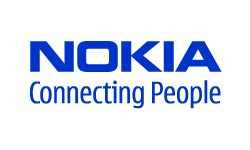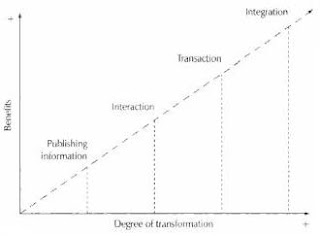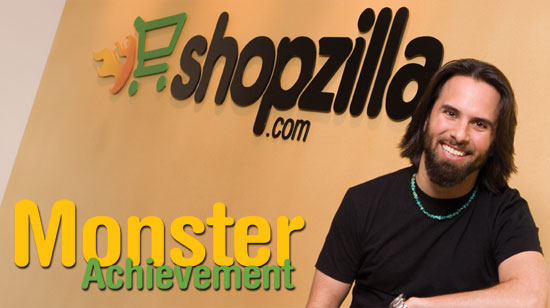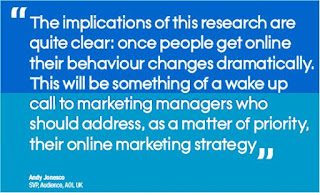Here are several factors that contribute to online branding success!
http://www.davechaffey.com/E-marketing-Insights/Customer-experience-management/Online-brandingSuccess factors for the online brand experience
Returning to the focus on the web site, Aaker and Joachimstahler (2000) have provided a useful summary of how a web site can become an effective brand-building tool. Their guidelines suggest five elements:
1. Create a positive experience, i.e. easy-to-use, delivers value, is interactive, personalised and timely.
2. Reflect and support the brand.
3. Look for synergy with other communications mediums (this could include as a response mechanism or to kick start campaigns through an online viral delivery).
4. Provide a home for the loyalist.
5. Differentiate with strong sub-branded content.
De Chernatony and Christodoulides (2004) also discuss the different elements of an online brand experience based on interviews with branding and online specialists. Many of the elements are straightforward and reflect previous consumer of research into what makes e-tail consumers loyal. The elements are:
Locating the brand
Speed of download
Site appearance
Navigation
Differential reward
Personal support
Physical delivery and returns
The authors do not place emphasis on particular elements of the online brand experience. I would observe that there are some ‘hygiene factors’ such as locating the brand, the speed of download, appearance and navigation which are essential for success and are perhaps relatively easy to achieve with the right budget. However, as in the offline world it is the differential reward or value added described in my previous WNIM article which is probably the most important success factor followed by quality of service as indicated by personal support and physical delivery and returns. These are often the top reasons why customers defect offline and research suggests that this is true online.





























